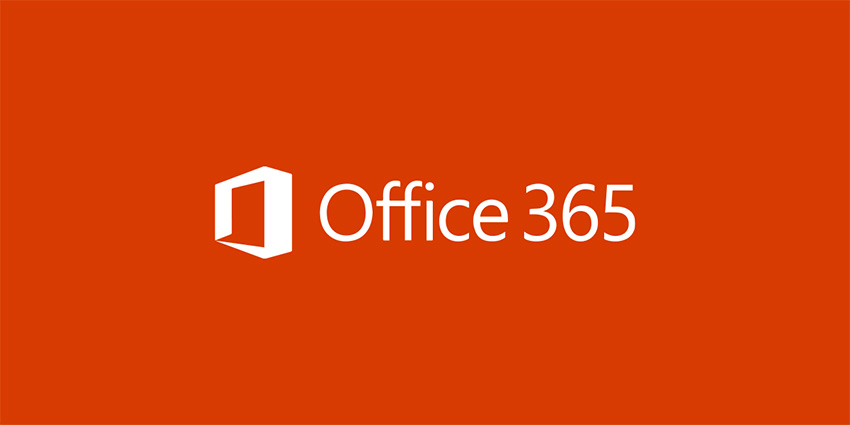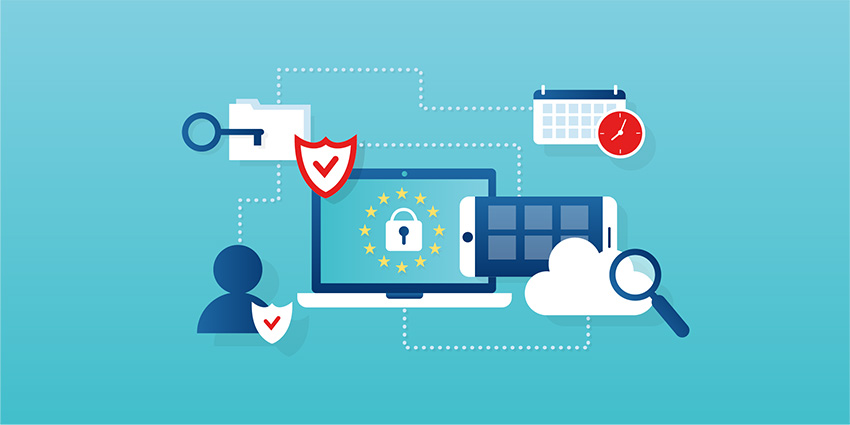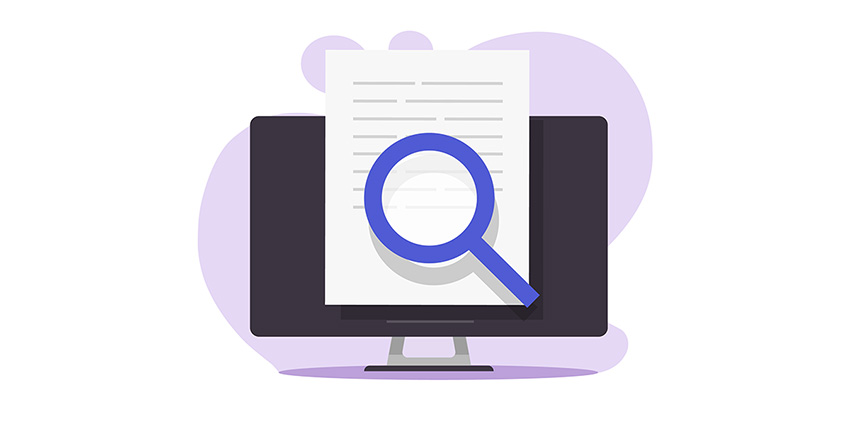Understanding how Office 365 fits into your ediscovery workflow
Office 365 is Microsoft’s familiar Office suite, hosted in the cloud. In addition to Microsoft’s ubiquitous Word and Excel programs, Office 365 also includes email program Outlook, cloud-storage solution OneDrive, video-chat service Skype, business email and calendar server Exchange Online, and collaboration service SharePoint Online, among other programs.
Unlike the original locally installed Office software, Office 365 is a cloud-based software-as-a-service (SaaS) platform available only through subscription. Most versions allow users to install Office tools, such as Word and Excel, so they can be used without an internet connection. Even when locally installed, SaaS programs like Office 365 are maintenance-free and automatically install security patches and updates as soon as they are available.
With respect to ediscovery, the capabilities of Office 365 are limited and depend entirely on which version a user has:E1, E3, or E5.
The E1 license doesn’t allow local installation of programs and has no ediscovery capabilities beyond a rudimentary search function.
The E3 license provides limited ediscovery capabilities: users can access to Microsoft’s Security & Compliance Center, which provides preservation, legal hold, and export tools for ediscovery. Users can run searches to identify potentially relevant electronically stored information (ESI), reduce data through basic deduplication, and implement legal holds. For example, authorized users can target preservation to individual custodians, data locations, or search terms, such as date ranges or keywords. That targeted data can then be preserved in place within mailboxes, OneDrive files, and SharePoint Online sites.
The E5 license includes additional security tools and Advanced eDiscovery capabilities that reduce data volumes through near-deduplication and email thread analysis. Advanced eDiscovery also includes audit logs and some predictive coding functionality.
As of this writing, an E3 license costs $20 a month per user, while an E5 license costs $35 a month. E3 users have the option to buy an add-on for the Advanced eDiscovery system rather than upgrading all the way to E5.
Although its capabilities are likely to continue to improve, Office 365 is not a dedicated ediscovery tool. While it can minimize data volumes through targeted collections, it is not a standalone review tool. Office 365 can not manage unindexed data and data from outside its own suite of programs.
Additionally, Office 365 is not a complete legal hold solution and users generally need to track and monitor their legal holds via another system, such as a spreadsheet or dedicated legal hold software solution. With Office 365, it can be difficult to determine whether a custodian is subject to a legal hold or what specific ESI is on hold. Office 365 doesn’t have comprehensive hold notification and management capabilities. Fortunately, many dedicated legal hold services integrate with Office 365, seamlessly filling in its gaps.
In short, Office 365 provides significant ediscovery tools for businesses, but it isn’t a standalone ediscovery solution.
Glossary definition
Office 365 is a cloud-based SaaS suite of products that now includes — at least in the higher tiers of its enterprise version — enhanced ediscovery functions such as targeted preservation and deduplication.




